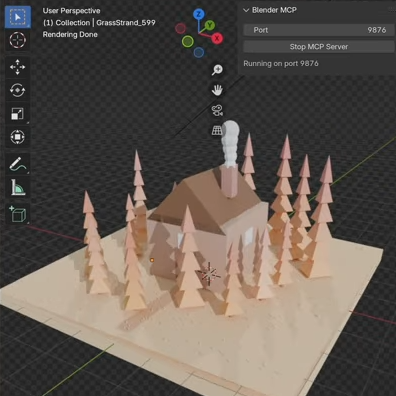The MP3 file type has been around for so long, and is supported by essentially all modern media software and hardware, that it might be surprising to some to learn that it’s actually a proprietary format. Developed in the late 80s and early 90s, it rose to prominence during the Napster/Limewire era of the early 00s and became the de facto standard for digital music, but not all computers in these eras could play this filetype. This includes the Amigas of the early 90s, with one rare exception: this unreleased successor to the A3000 with a DSP chip, which now also has the software to play back these digital tunes.
The AA3000, developed as a prototype by Commodore, was never released to the general public. Unlike the original A3000 this one would have included a digital signal processing chip from AT&T called the DSP3210 which would have greatly enhanced its audio capabilities. A few prototype boards did make it out into the hands of the public, and the retrocomputing scene has used them to develop replicas of these rare machines. [Wrangler] used one to then develop the software needed for the MPEG layer 2 and 3 decoder using this extra hardware, since the original Amiga 3000 was not powerful enough on its own to play these files back.
If you want to follow along with the community still developing for this platform there’s a form post with some more detail for this specific build (although you may need to translate from German). [Wrangler] additionally points out that there are some limitations with this implementation as well, so you likely won’t get Winamp-level performance with this system, but for the Amiga fans out there it’s an excellent expansion of this computer’s capabilities nonetheless.
Thanks to [Andy] for the tip!



















